Grout and Caulk: Bill, why didn't I listen?
jssaustintx
12 years ago
Featured Answer
Sort by:Oldest
Comments (16)
jssaustintx
12 years agojules8
12 years agoRelated Professionals
Barrington Hills Kitchen & Bathroom Designers · Waianae Kitchen & Bathroom Designers · Clovis Kitchen & Bathroom Remodelers · Durham Kitchen & Bathroom Remodelers · Omaha Kitchen & Bathroom Remodelers · Pico Rivera Kitchen & Bathroom Remodelers · South Barrington Kitchen & Bathroom Remodelers · Walnut Creek Kitchen & Bathroom Remodelers · Fort Worth Glass & Shower Door Dealers · Hayward Glass & Shower Door Dealers · Redwood City Glass & Shower Door Dealers · Wildomar Cabinets & Cabinetry · Cleveland Window Treatments · Dallas Window Treatments · Brownsville Window Treatmentsjssaustintx
12 years agomonicakm_gw
12 years agojssaustintx
12 years agoUser
12 years agojssaustintx
12 years agomonicakm_gw
12 years agojssaustintx
12 years agojanealexa
12 years agobusybee3
12 years agoUser
12 years agoparkplaza
12 years agojssaustintx
12 years agoenduring
12 years ago
Related Stories
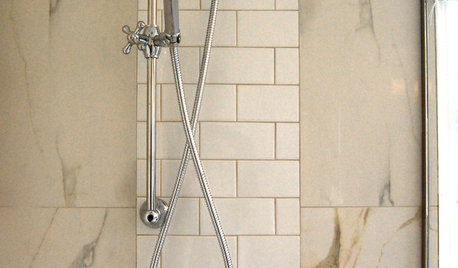
REMODELING GUIDES9 Ways Grout–Yes, Grout–Can Add to Your Design
Choose From a Palette of Grout Colors for a Warm, Unified Look
Full Story
LANDSCAPE DESIGNEasy Ways to Manage Stormwater for Lower Bills and a Healthier Earth
Send cleaner runoff into local waterways and spend less on yard irrigation with these simple landscaping approaches
Full Story
TILEEpoxy vs. Cement Grout — What's the Difference?
Grout is grout, right? Nope. Cement and epoxy versions have different appearances, durability and rules of installation
Full Story
GREEN BUILDINGHouzz Tour: See a Concrete House With a $0 Energy Bill
Passive House principles and universal design elements result in a home that’ll work efficiently for the long haul
Full Story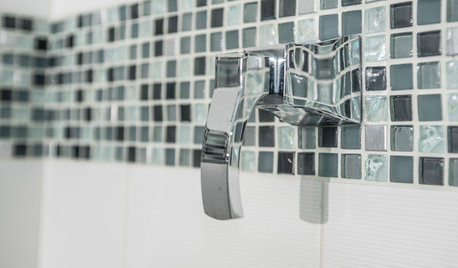
TILE3 Key Steps for Grouting That Looks Its Best
Get your grout right to keep your tile beautiful and for an installation that will last
Full Story
BATHROOM DESIGNConvert Your Tub Space Into a Shower — the Tiling and Grouting Phase
Step 3 in swapping your tub for a sleek new shower: Pick the right tile and test it out, then choose your grout color and type
Full Story
DECORATING GUIDESThe Dumbest Decorating Decisions I’ve Ever Made
Caution: Do not try these at home
Full Story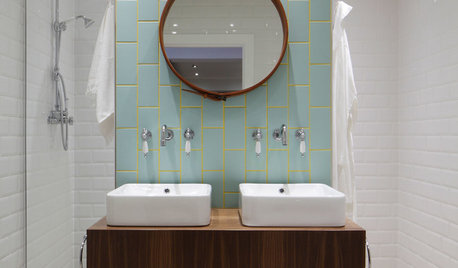
BATHROOM DESIGNWhat Grout Color Should You Choose for Your Tile?
More than an afterthought, the right grout contributes to your tile scheme by creating a cohesive, eye-catching unit
Full Story
HOUSEKEEPINGHow to Clean Grout — Stains and All
If your grout is grossing you out, this deep-cleaning method will help it look new again
Full Story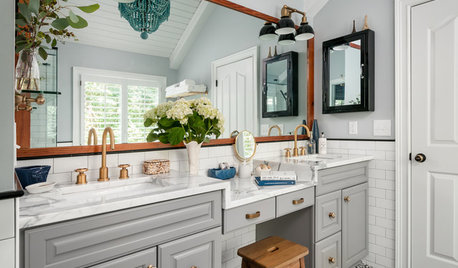
BATHROOM MAKEOVERSWhat I Learned From My Master Bathroom Renovation
Houzz writer Becky Harris lived through her own remodel recently. She shares what it was like and gives her top tips
Full StorySponsored
More Discussions






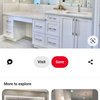




parkplaza